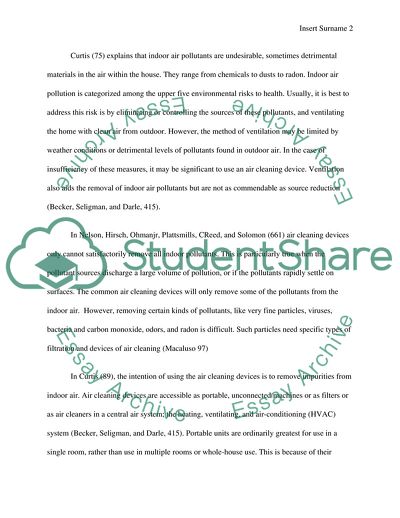Cite this document
(Impact of Portable Air Cleaners and Energy Use Literature review, n.d.)
Impact of Portable Air Cleaners and Energy Use Literature review. https://studentshare.org/environmental-studies/1847727-impact-of-portable-air-cleaners-and-energy-use
Impact of Portable Air Cleaners and Energy Use Literature review. https://studentshare.org/environmental-studies/1847727-impact-of-portable-air-cleaners-and-energy-use
(Impact of Portable Air Cleaners and Energy Use Literature Review)
Impact of Portable Air Cleaners and Energy Use Literature Review. https://studentshare.org/environmental-studies/1847727-impact-of-portable-air-cleaners-and-energy-use.
Impact of Portable Air Cleaners and Energy Use Literature Review. https://studentshare.org/environmental-studies/1847727-impact-of-portable-air-cleaners-and-energy-use.
“Impact of Portable Air Cleaners and Energy Use Literature Review”. https://studentshare.org/environmental-studies/1847727-impact-of-portable-air-cleaners-and-energy-use.


